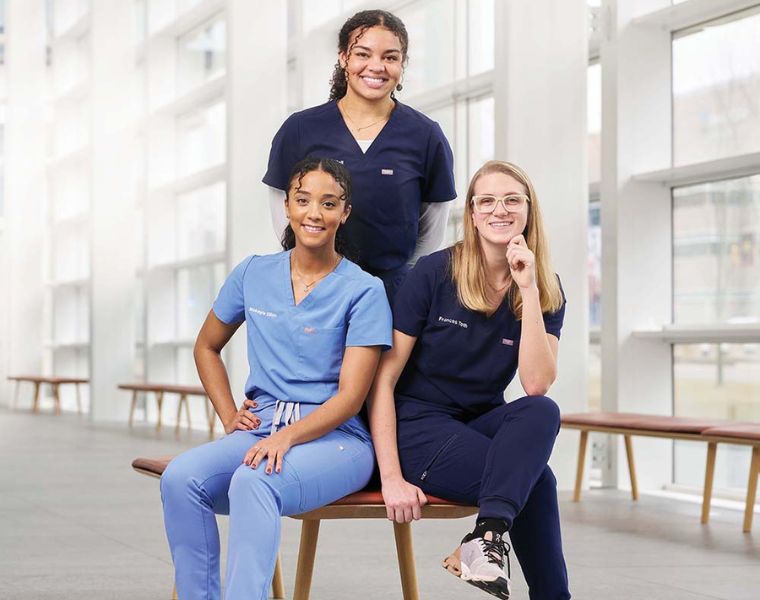Editor’s note: This article originally appeared in the spring 2024 edition of Dental Medicine magazine. View a PDF of the magazine.
In the U.S., nearly 80 million people live in communities with inadequate numbers of dentists, also known as health professional shortage areas (HPSAs). Each of these 7,600-plus HPSAs has more than 5,000 residents for every one practicing dentist. These areas have less than one-third the number of practitioners required to meet basic patient needs, according to the U.S. Department of Health and Human Services.
In Ohio, the numbers are worse: Adequately serving the populations of the state’s HPSAs would require a four-fold increase in the number of providers, or nearly 400 dentists.
A scarcity of health providers and facilities—and those willing to accept Medicaid or treat uninsured patients—frequently leads to insufficient care for people living in these communities, which are mostly urban and rural.
This chronic shortfall in services exposes patients, and would-be patients, to significant health risks.
But scholarships from foundations provide tuition coverage for students who commit to a year of service in an HPSA after graduation. And the financial freedom these scholarships provide empowers newly minted dentists from Case Western Reserve University School of Dental Medicine to begin their careers in medically underserved regions.
“[The work done by students in HPSAs is] making a meaningful difference by improving outcomes for many vulnerable patients,” said Kristin Williams, DDS (DEN ’89; GRS ’05, public health), assistant dean for admissions and student affairs. “It’s work that often takes place at the intersection of social justice and public health.”


